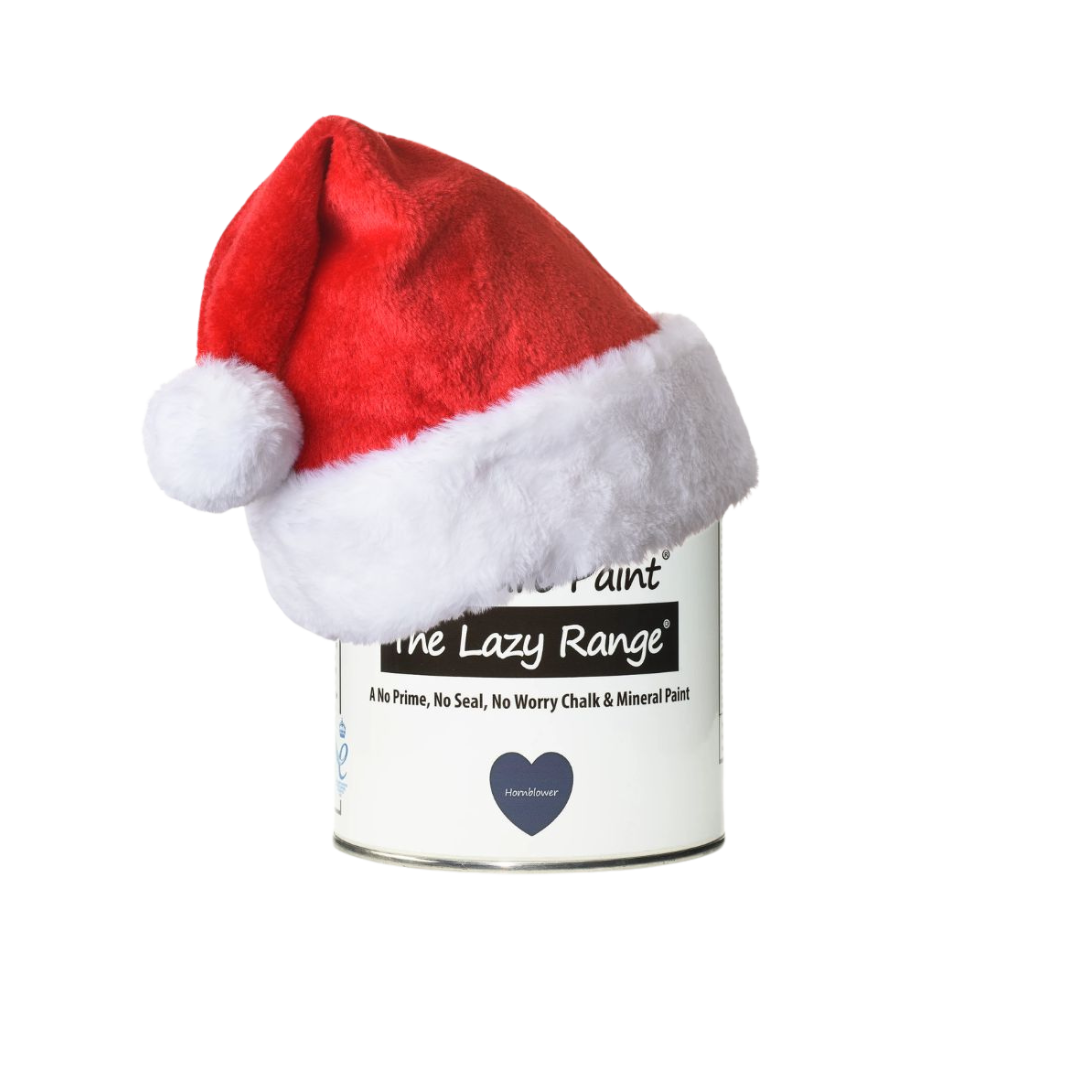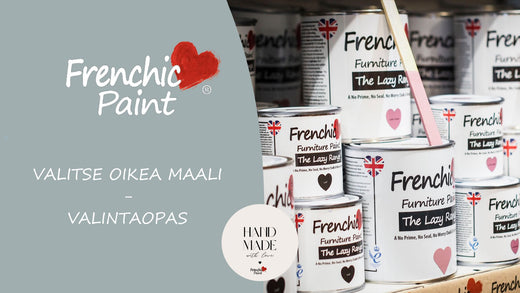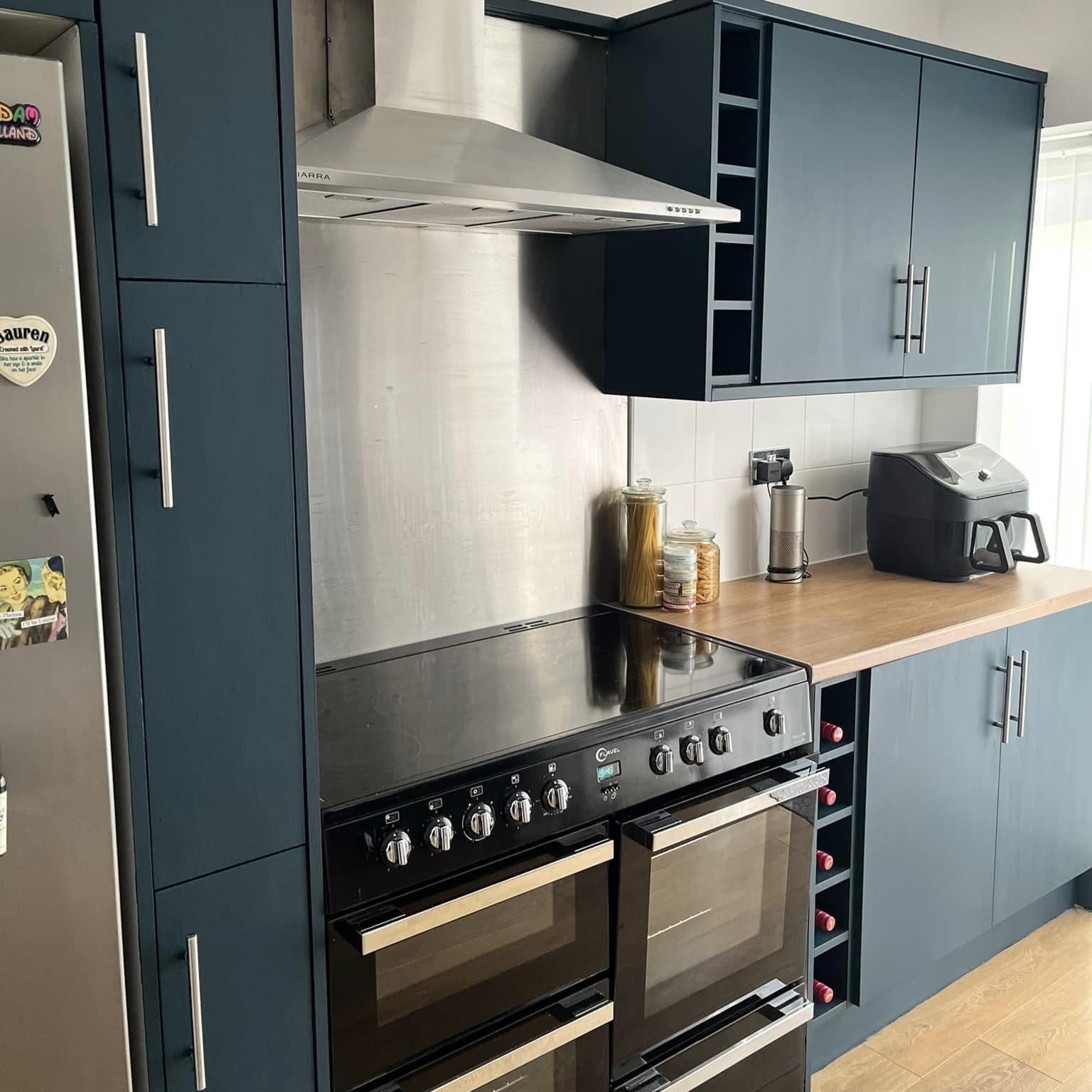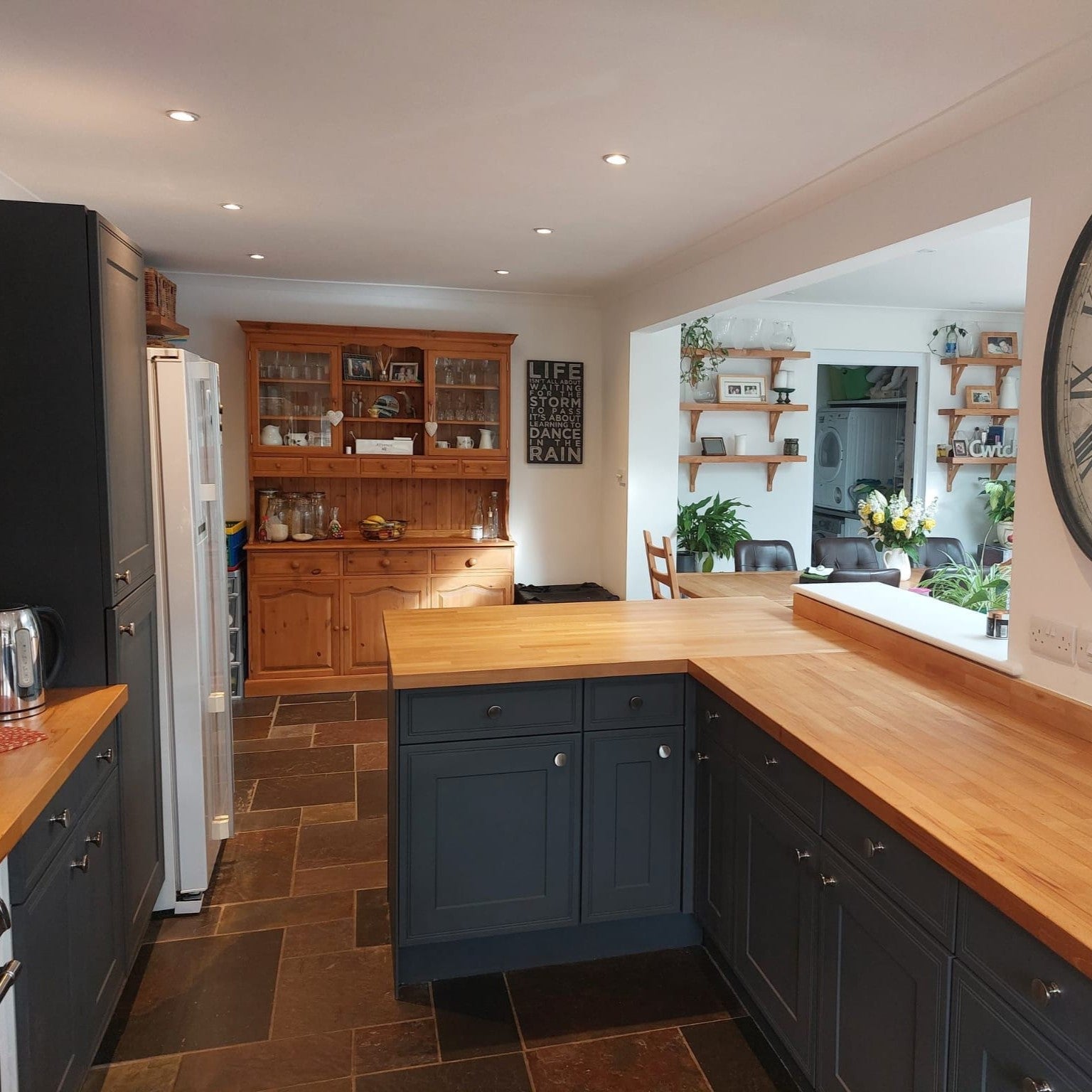Furniture painting – what supplies do you need?
A successful furniture painting project starts with the right and quality supplies.
We have compiled a handy list for you of what you need to use Frenchic furniture paint and achieve a stunning result. It is a pleasure to work with high-quality and long-lasting tools.
The painting instructions for a successful result are ultimately very simple with Frenchic paints:
- Wash and clean the surface to be painted carefully and let the surface dry.
- Sand thoroughly and wipe off sanding dust.
- Paint at least twice, on a dry and clean surface, with carefully mixed paint.
- Let dry according to the instructions.
Preparation supplies – cleaning and pre-treatment of surfaces
Thorough preparation ensures a beautiful and durable paint surface:
-
Effective detergent: for example, Frenchic Sugar Soap, effectively removes dirt and grease.
-
Coarse sponge and lint-free cloth: used for cleaning and drying surfaces.
-
Medium or fine sandpaper or reusable sanding sponge: use a high-quality, durable sanding product.
-
Screwdrivers: Phillips and flathead, so you can remove handles, hinges, and other parts you don't want to paint.
-
Pencil or marking pen: for numbering doors and drawers.
-
Small lidded container: for storing screws and other loose parts.
-
Ketchup: surprisingly effective cleaner for brightening dirty metal parts.
-
Frenchic Finishing Coat: especially for priming knots and porous surfaces.
Possible additional accessories
In some situations, you may need the following tools:
-
Filler, putty: for filling surface scratches and dents and a spatula for applying it.
-
Paint scraper or paint removal blade: for removing old paint surfaces.
-
High-quality painter's tape: for precise edges, always remove before the paint dries.
Painting supplies – successful outcome
When painting with Frenchic paint, these tools make the work smooth and comfortable. Avoid acquiring disposable and low-quality tools.
-
Protective cloth or paper: to protect the floor and surroundings. For longer renovations, a lightweight and rollable fiber cloth is an excellent floor protector.
-
Painting clothes: comfortable clothes resistant to paint stains, protective gloves, and safety glasses. Exercise special care when painting with children. Read more about protective equipment here.
-
Can opener: to open the paint can without damage.
-
Paint mixing stick or whisk for machine mixing: a sufficiently long and wide stick for thorough mixing of paints. Round sticks are not suitable for mixing paint and lifting pigment from the bottom of the paint can. A drill-mounted whisk is excellent for mixing wall paint.
-
High-quality brushes: brushes of various sizes make precise and even painting easier.
-
Small rollers: especially for larger surfaces, speed up the application of the first coat of paint. Choose a high-quality and reusable roller cover.
-
Painting surface or separate paint container: such as an old lidded freezer box or plastic container. Painting from a separate container keeps the paint can clean and prevents drying and debris from getting into the can.

Why use a separate paint container? Couldn't you just paint directly from the paint can?
Painting from a separate container prevents:
-
Debris, renovation dust, or outdoor pollen getting into the paint can from the brush or roller.
-
Excess paint drying on the edge of the can, which makes closing the can difficult.
-
Paint drying or evaporation inside the paint can during a longer project and painting.
Always use clean and high-quality tools; they will bring you joy for a long time and the result will be professional and beautiful!
Explore Frenchic series products and find more tips frenchicpaint.fi-site.










